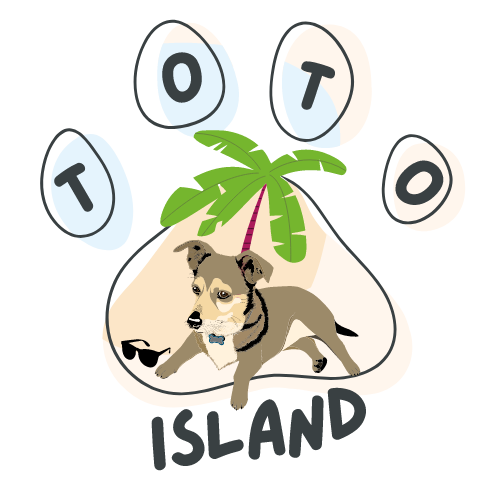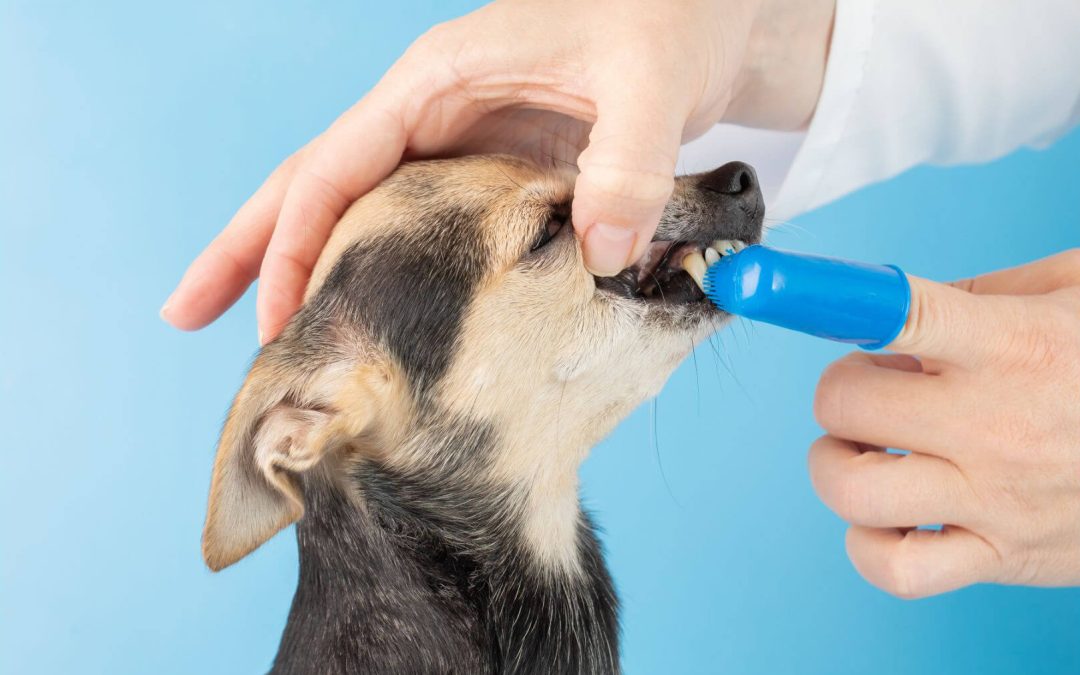Dogs’ teeth are subjected to trials every day: they break hard bones, grind dry, crunchy food and gnaw on toys. For this, however, it is essential to maintain your dog’s optimal oral hygiene. That is why when it comes to the health of your four-legged friend’s teeth, you must provide the best possible quality tools and teeth cleaning snacks.
Through these, you can also easily help your dog with proper oral hygiene during the game, as tooth and gum cleaning games are fun and also help to get rid of dirt and tartar stuck to the teeth. However, there are cases when, in addition to chewing gum, brushing is also essential. In this article, I will tell you all the important information about brushing your dog’s teeth, which is useful for you as an owner!
How often should i brush my dog’s teeth?
How many times should i brush my dog teeth? This is one of the most common questions. Regular dental care is essential for prevention. If done consistently, it can help minimize the formation of plaque and tartar. Tooth cleaning treats and brushing are used to fight against plaque and tartar.
How often to clean dogs teeth? It is recommended to brush your dog’s teeth at least two or three times a week, and take them to a professional teeth cleaning once a year. When we put a toothbrush in his mouth for the first time, our pet probably won’t allow us to clean his teeth, take some time to get him used to it first. Pet toothbrushes are smaller than those used by humans and have softer bristles. It is available with a traditional look, extra long handle, smaller bristles, finger brush, double head, but if none of these work for you, there is also a tooth cleaning cloth.
Can you brush a dog’s teeth with human toothpaste?
Only use oral care products specially developed for dogs! Toothpastes for humans contain ingredients that are not safe for pets and can even cause poisoning. Examples include fluoride and xylitol. Dog toothpastes are made with flavors like poultry or beef that they like. We let our pet taste it from our fingers for the first time. If you allow us to do the operation on you, but you hate toothpaste, don’t use it. Brushing your teeth is useful even without toothpaste. Your dog probably won’t tolerate you cleaning all of his teeth at once, which can take anywhere from 30 seconds to 1 minute. Pause every 5-10 seconds and give him positive reinforcement such as petting or praise. Do everything you can to make brushing your pet’s teeth an enjoyable experience. At the end, you can think about some kind of reward, for example an enjoyable dog massage or a game.
How many dogs die from teeth cleaning?
Dogs can die not from brushing their teeth, but from having their teeth cleaned with the wrong toothpaste or the wrong way. For example, human toothpastes can also cause poisoning in dogs, as we wrote above, if they contain fluoride or xylitol. If you are not sure what to brush your dog’s teeth with, take your dog to the dentist and have him brush his teeth professionally. Below are some tips on what you can use at home to brush your dog’s teeth
Coconut oil for dog’s teeth
Coconut oil contains acids that can kill fungi and bacteria. This makes it ideal for removing plaque from a dog’s mouth. In addition, it seems that many dogs really like the taste. You can apply a small amount of it on a toothbrush or on your finger, or on a piece of gauze wrapped around it, and you can brush your teeth. Alternatively, you can soak an unheated bone in the oil, let it dry, and then give it to your pet. Coconut oil can also be mixed with the animal’s food. In summary, coconut oil for dogs teeth is an ideal choice.
How to remove tartar from dog teeth without dentist?
The primary cause of tartar in dogs is inadequate dental hygiene. Food residues, mixed with saliva, bacteria and the epithelial cells of the oral cavity, form a layer of plaque and coat the surface of the teeth. These plaques harden under the influence of calcium salts and form a yellowish-brown, gray deposit.
At first, tartar appears at the neck of the tooth, in areas adjacent to the gums, but in neglected cases it can affect the entire surface of the tooth.
If you have discovered signs of tartar in your pet, it is important to consult a specialist as soon as possible. Dog tartar removal is not possible at home, always consult a veterinarian.
Veterinary ultrasonic calculus removal for dogs
Under anesthesia, the veterinarian uses an ultrasonic depurator to free the teeth from deposits. All of this is preceded by a thorough examination of the oral cavity, where the specialist assesses how severe the calculus is, and may also request an X-ray examination if signs of jawbone involvement are found.
After removing the stones, the condition of the gums can be determined. If the calculus has also extended to the gum pockets, they must also be thoroughly cleaned to make sure how deep the problem is. In more serious cases, tooth extraction may also take place.
The treatment ends with polishing, the purpose of which is to create the smoothest possible surface on which the plaque is less likely to settle. In some cases, a course of antibiotics is also justified after tartar removal.
How to get plaque off dog teeth?
In the case of plaques, I can also advise you to consult a pet dental veterinarian, because it cannot be treated at home! After the dentist, the dog deserves a massage!
Best teething toys for dogs
The worst thing during the teething period is that the owner can’t really do anything about it, since the teeth have to come out, and this leads to a tense, itchy and painful feeling for the dog. What it can protect against is the protection of furniture, objects, clothes and shoes, because the dog usually tries to relieve the discomfort by chewing on these. And, of course, there are also options to make it more tolerable for the dog, to alleviate the discomfort.
A good chew toy, many delicious, chewable artificial bones can save the family’s furniture, objects, and shoes. Of course, it’s not enough to just buy these toys, but you also have to convince the dog that if he wants to soothe the itching and tension of his gums by chewing, then he should do so with them. With positive reinforcement, you can reach your goal relatively quickly. So, what is a good chew toy?
- Durable: During the teething period, the puppy chews seriously and strongly, intensively. That’s why you need chew toys that you can’t chew easily. This is not only necessary so that you don’t have to spend money on new toys often, it is also important because small pieces chewed off the toys can cause serious health problems if swallowed.
- Attractive: Toys with an interesting texture or shape are not attractive for dogs. They can play with these for hours. as a result, the textured toys are particularly good for massaging the gums and later for removing plaque, which is the first step in preventing tartar.
- Can be frozen: Just like babies, puppies also enjoy a cold, frozen toy to soothe the discomfort of their gums. There are many dog toys that can be put in the freezer and keep cold for a long time.
Treats for dog with no teeth
In moderation, bananas are a completely safe treat for dogs and they are also soft. If you crush it, even a toothless dog can eat it.
Sugar-free peanut butter can also be a delicious treat for your dog if he is not allergic to peanuts. However, if you haven’t done an allergy test yet, don’t try it!

